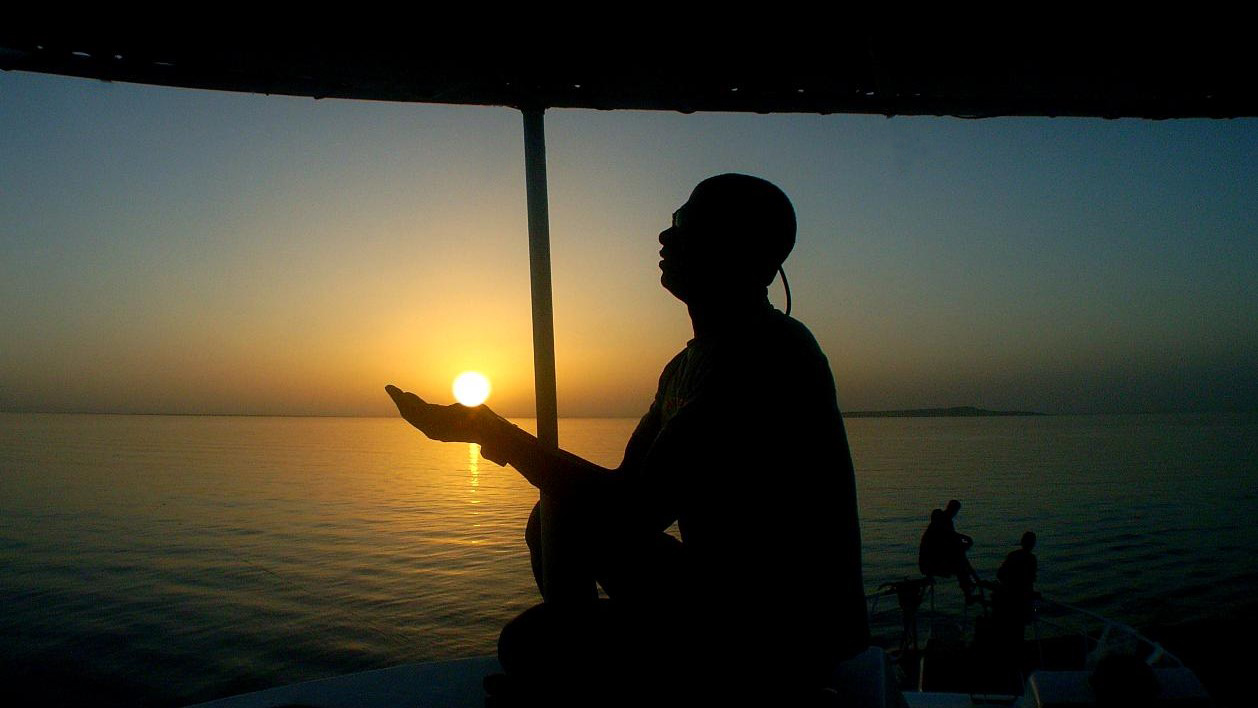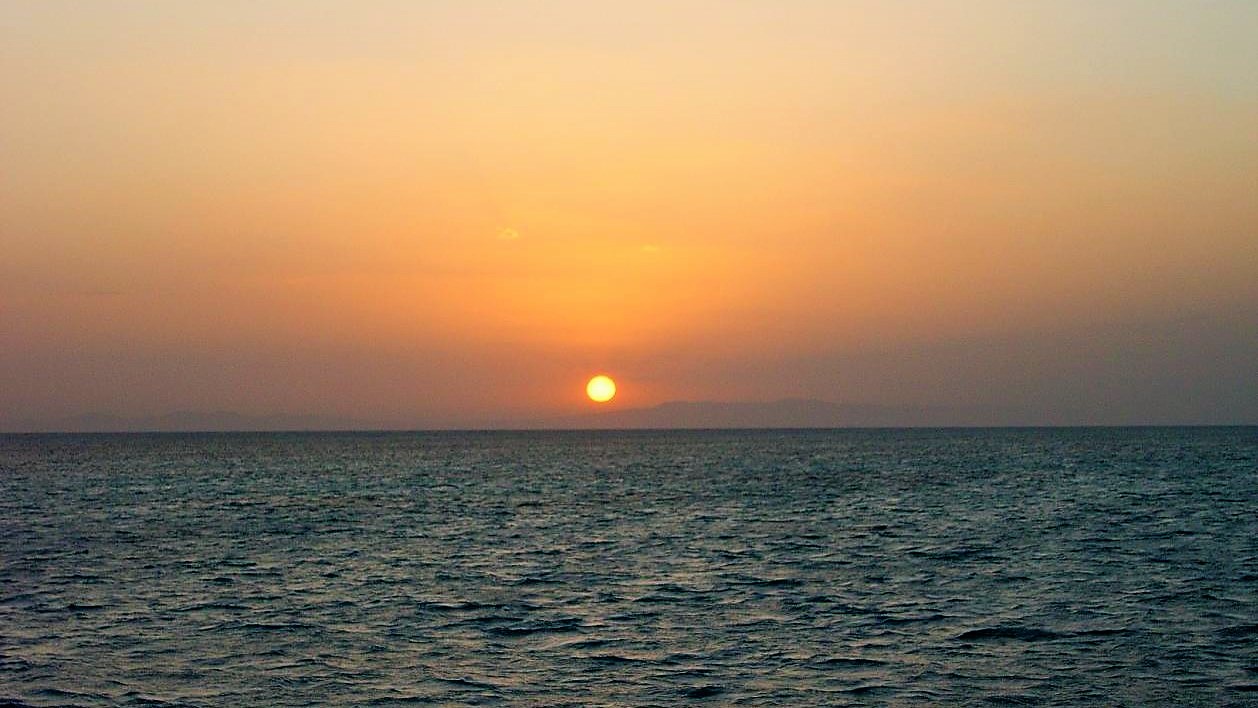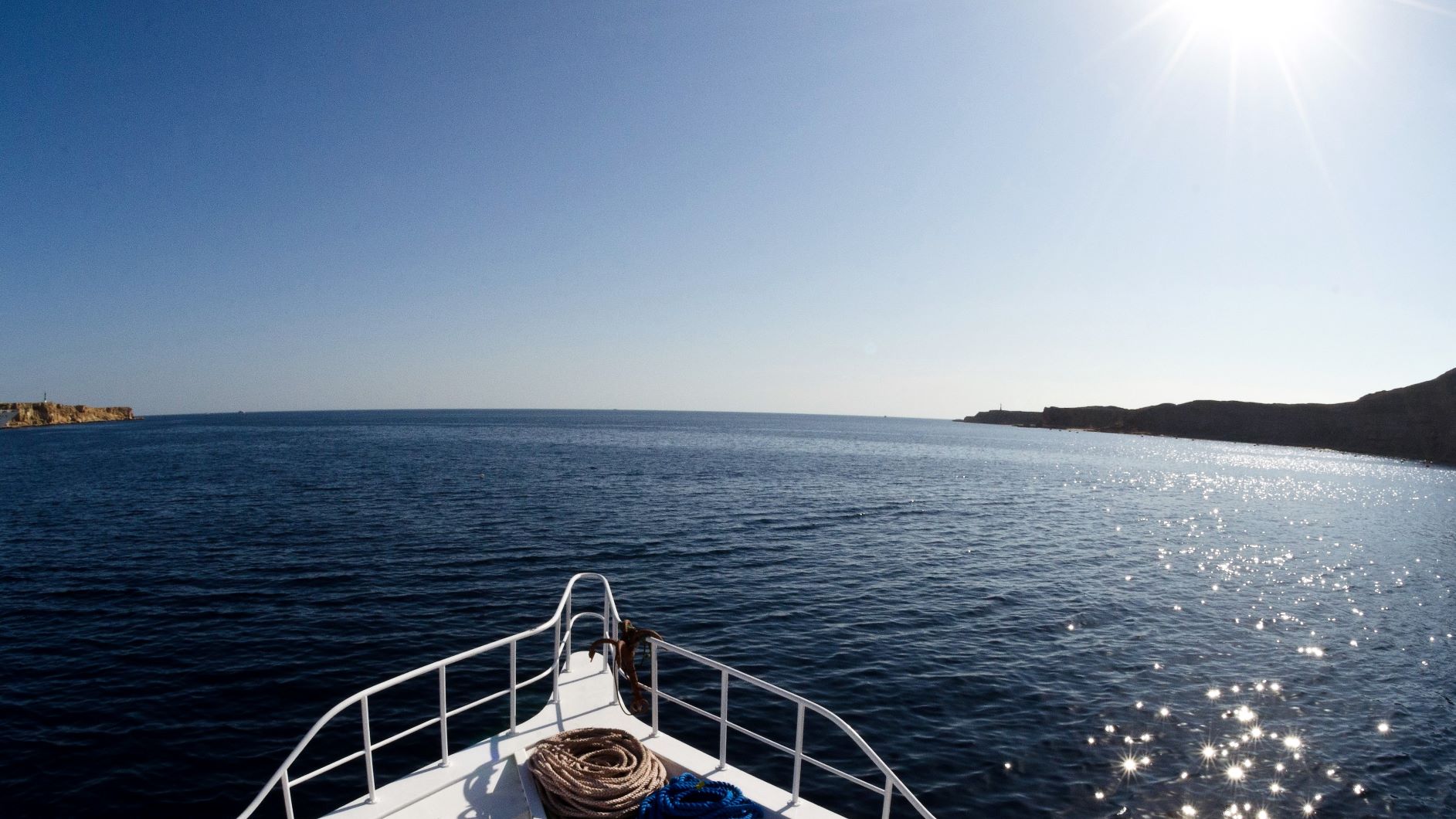Discover Red Sea
Discover Red Sea
The Red Sea, created by plate movements 40 to 20 million years ago, stretches from Bab al Mandab between Yemen and Ethiopia to the Sinai Peninsula where it divides into two arms. The younger age of the Gulf of Aqaba makes it deep, about 100 m close to Dahab and up to 1.800 m north of Tiran. The older Gulf of Suez is shallow, reaching only 85 m. The max. depth is about 2.850 m in the Suakin trench, one of the several deep trenches along the central axis.
The Red Sea is about 1.900 km long and up to 350 km wide but still widening at about 1,5 cm per year. The sea is known for its high-speed surface winds and aggressively short irregular motion. It may be calm on the inward shore, but journeys to exposed remote offshore sites can quickly get impossible. Water temperature and high salinity provide an optimal environment. The clear water and sky assure that the sea is filled with light for perfect growth condition of tropical marine life. Water temperatures remain stable year round, in winter from 17 - 22 °C, in summer about 25 - 28 °C, at lagoon reefs it can be even higher. The coldest month of the year is January and the warmest are July and August.
The enchantment of the Red Sea is hidden just beneath its crystal blue surface - over 1.000 species of invertebrates, about 200 types of coral and a 1.000 species of fish, more than any other comparable area has to offer. Not surprisingly, the Red Sea is known for best diving in the world!


